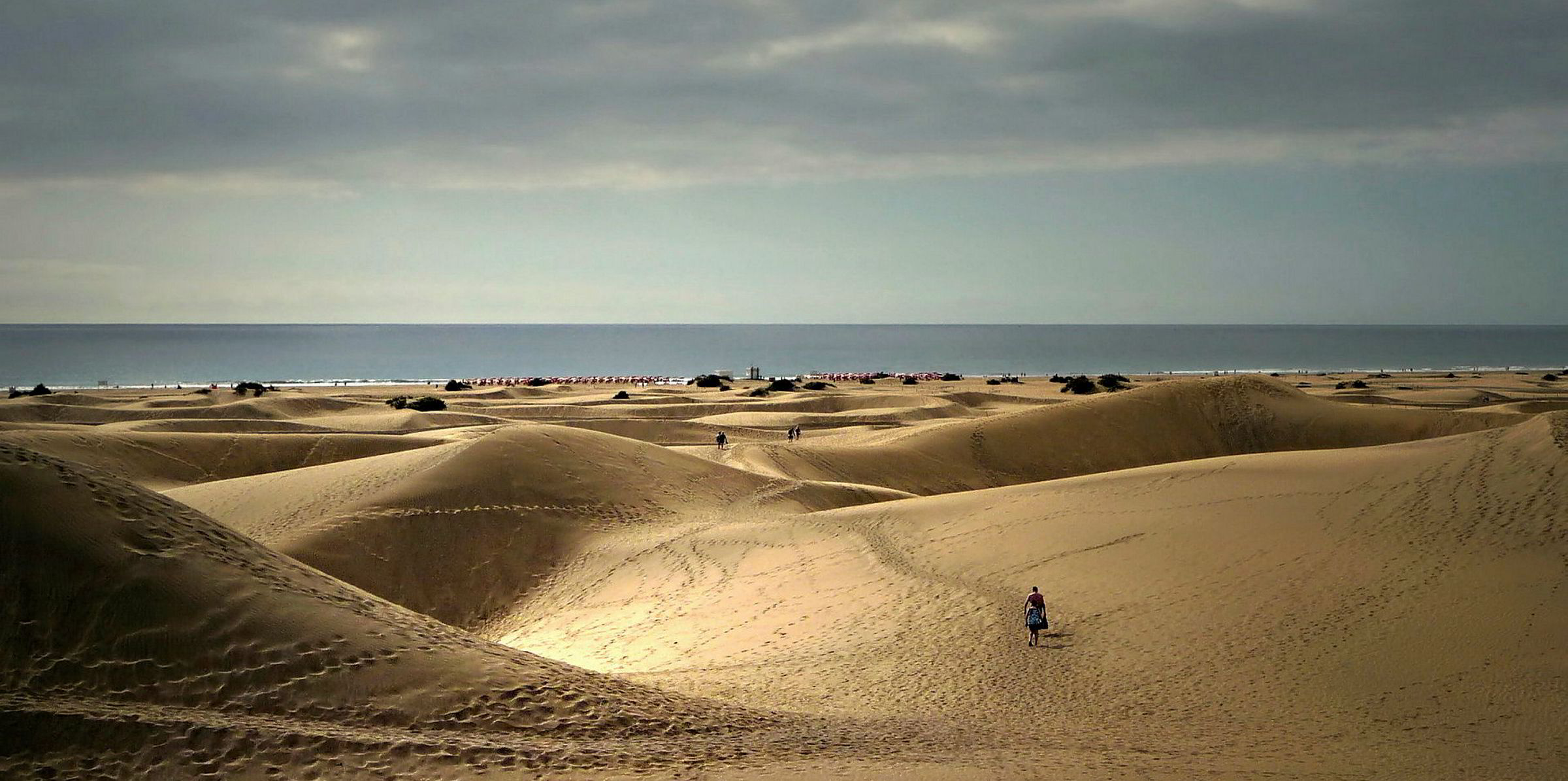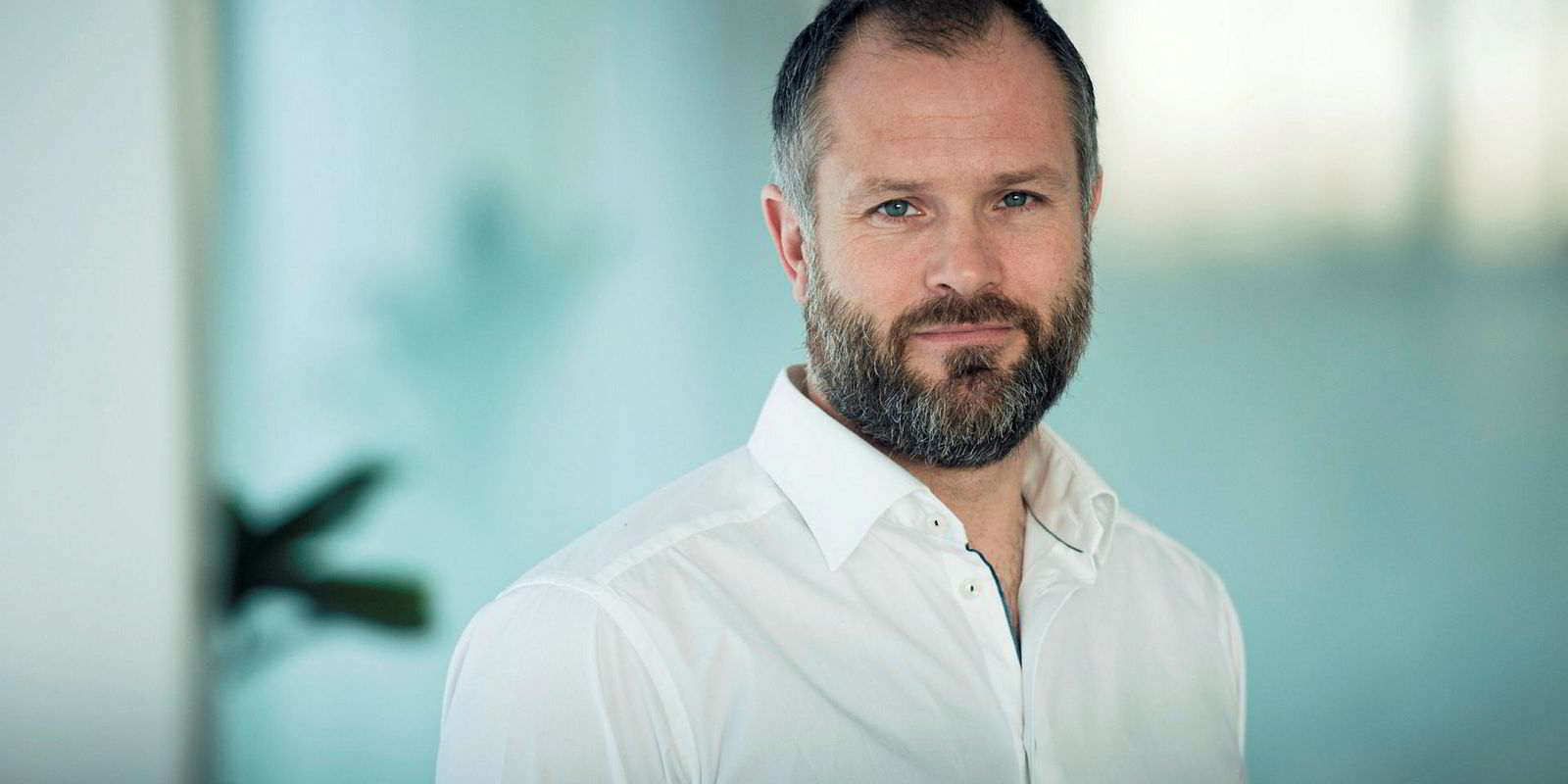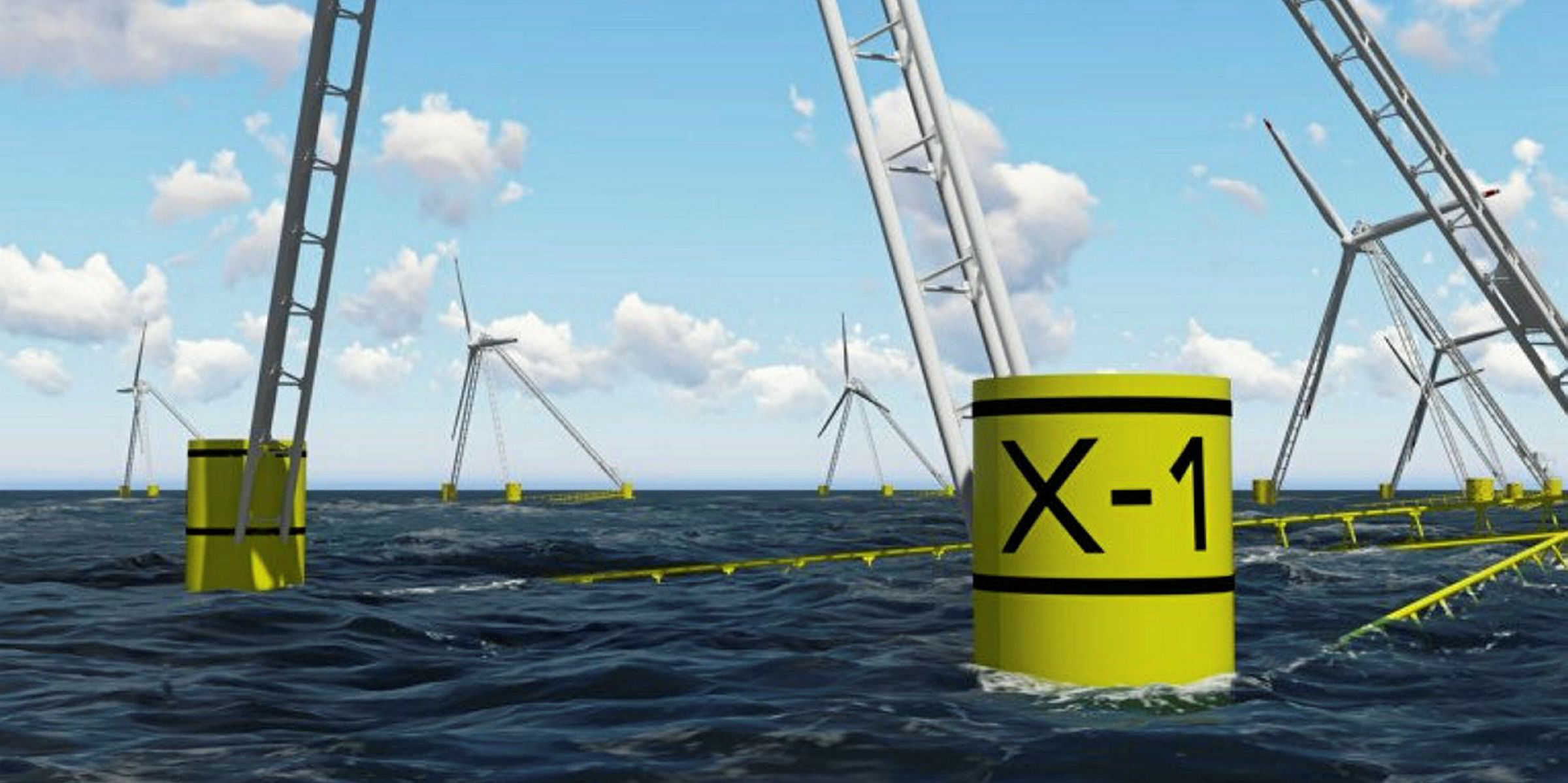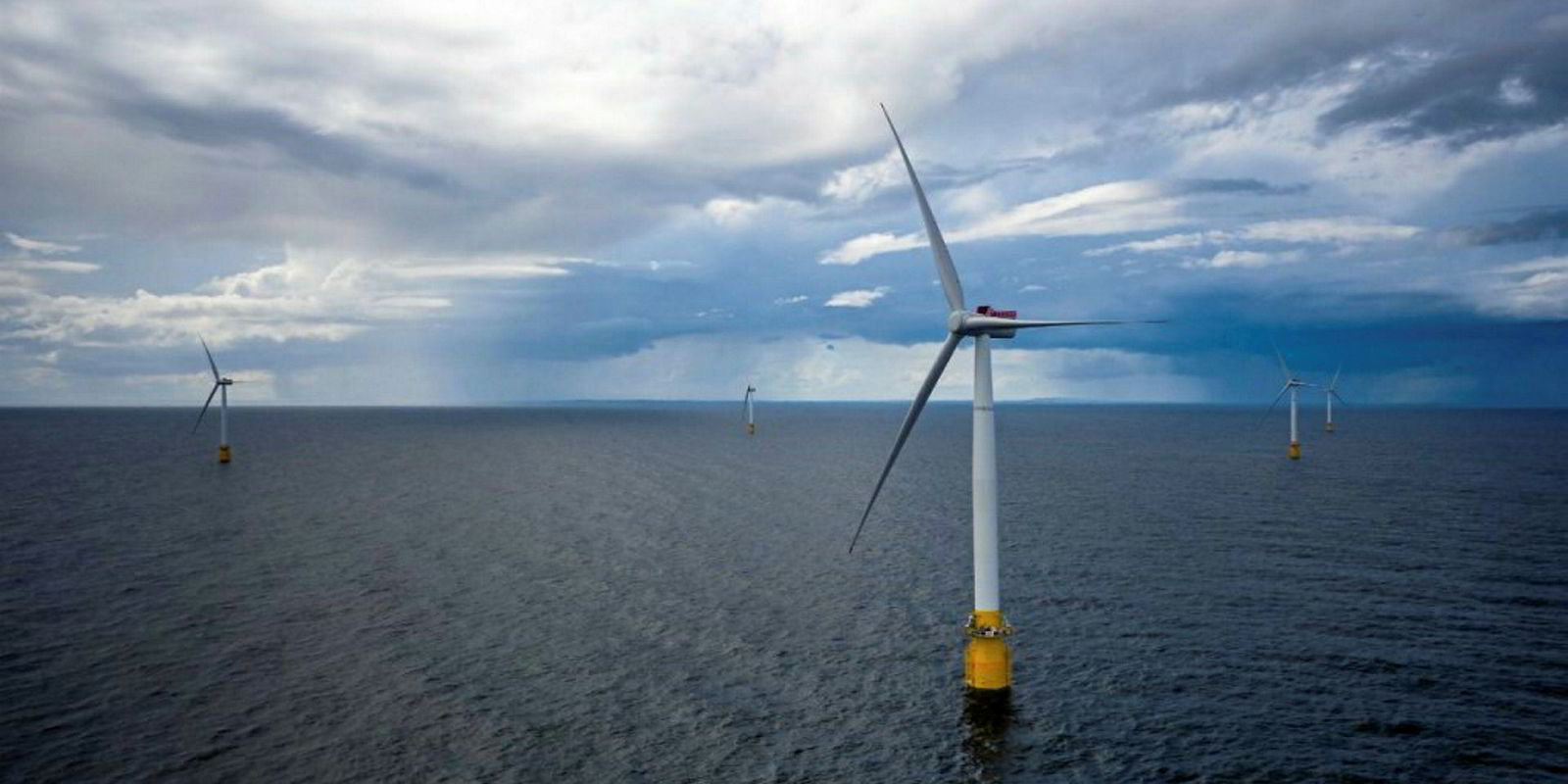Norwegian energy giant Equinor has secured a permit to build a 200MW floating wind farm off the Spanish-owned Canary Islands, which according to the regional government could start operations as early as 2024 if further regulatory hurdles are overcome this year.
Located in the Canaries Special Zone (ZEC), the array would be Spain’s first commercial-scale offshore wind farm – and also Africa’s, as the islands are located in the Atlantic some 100km off the coast of Morocco.
Due to the volcanic nature of the archipelago, the continental shelf off the Canaries drops away very sharply, making bottom-fixed offshore wind difficult and favouring floating solutions.
The wind farm would involve an investment of €860m ($967m), according to a note by the regional government of the Canary Islands.
Equinor told Recharge projects specifics are still under discussion, and declined to confirm the planned size or investment of the array.
Whether the 2024 start date can be achieved depends to a great degree on further bureaucratic and regulatory steps.
The Canary Islands economy, industry and trade secretary, Pedro Ortega, in May wrote the government in Madrid urging it to create an inter-ministerial working group to determine marine zones for the location of wind arrays off the archipelago, which is a prerequisite for building Equinor’s and other offshore wind projects.
“We need to negotiate with [Spain’s] ministry for ecological transition … to consolidate the role the Canaries play as a pioneering region in the development of offshore wind,” Ortega said in a note by the government of the Canaries.
Preliminary studies by the regional government have scoped out three zones off the islands with ideal conditions – wind velocities, water depths, topography and proximity to “load centres” southeast of Gran Canaria, off Tenerife and west of Fuerteventura.
“Being the owner of the largest operating floating wind globally via the 30MW Hywind Scotland project, Equinor is willing to stay at the leading edge of technology development. The 200MW floating offshore project in the Canaries proves that we have already passed the pilot stage and are now entering the commercial one,” IHS Markit senior analyst Andrei Utkin told Recharge.
Spain so far has only one 5MW offshore turbine installed, and legacy Gamesa machine installed on a jetty in Las Palmas on Gran Canaria. A second pilot turbine – the part-scale prototype of a twin-rotored floating wind power platform being developed by EnerOcean – is slated to be installed this summer at the Canaries Oceanic Platform test field (PLOCAN), also off Gran Canaria.
The Canarian government said that it has received request also from other companies than Equinor to use the islands as test case for offshore wind.
From a single industrial-scale prototype in 2009, floating wind has progressed at a clip toward commercialisation, with many analyst forecasts, including those of UK low-carbon business development body Carbon Trust, point to a fleet as large as 15GW by 2030.
Utkin sees Equinor's Canary Islands development as key stepping-stone in bringing the cost of floating projects down closer to that of conventional offshore wined, where the levelised cost of energy has been screwed down to below €50/MWh.
“One of the most remarkable achievements is the cost reduction [Equinor has achieved already],” noted Utkin. “Equinor is projected to invest around €4.3m/MW of installed capacity compared with more than €6m/MW in Hywind Scotland. We at IHS Markit believe that due to larger installed volumes between 2020 and 2030, standardisation and R&D, floating technology can drop to €3.3m/MW by 2030.
“Such a reduction in capital costs can result in 10-12GW of fully-commissioned floating offshore wind capacity worldwide.”




